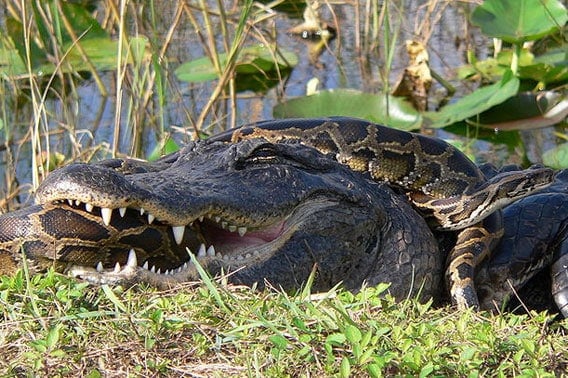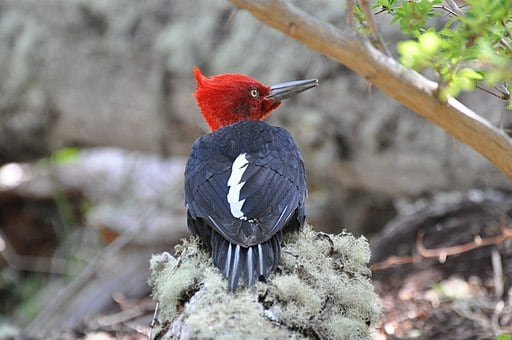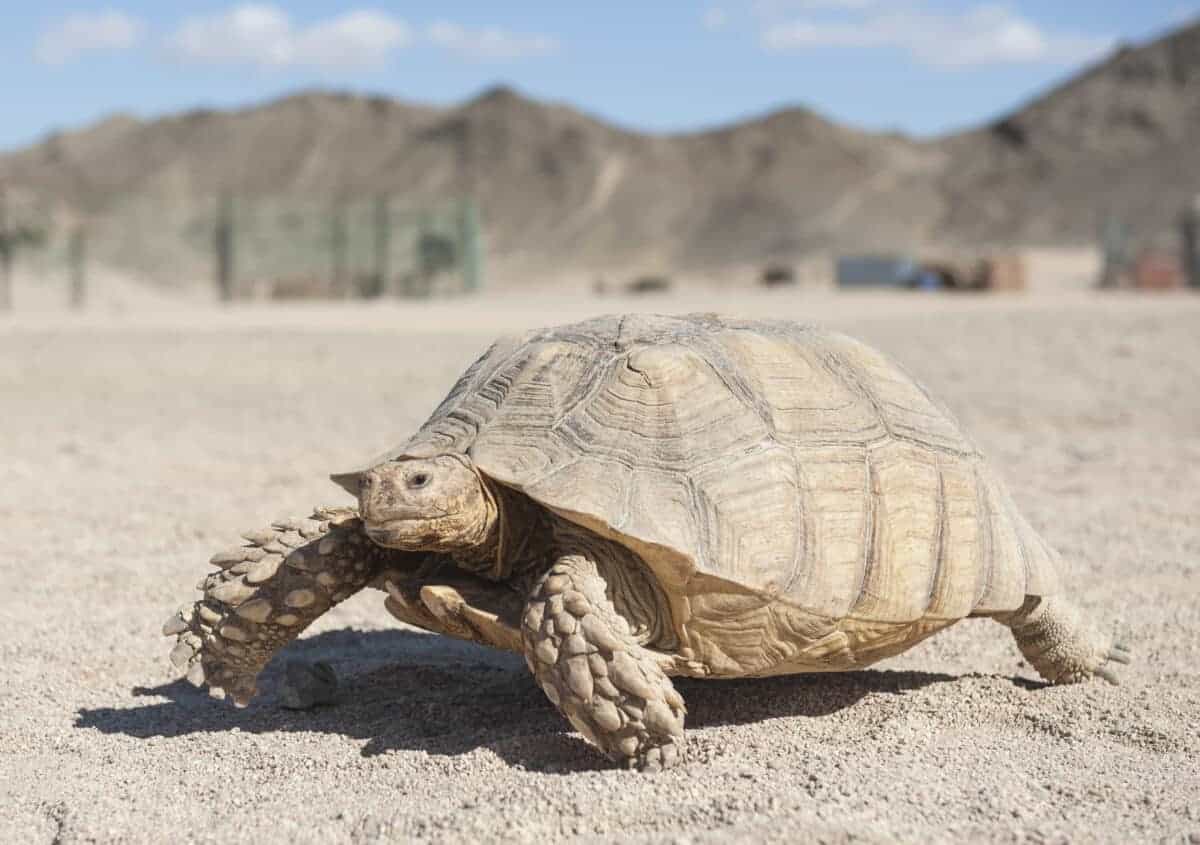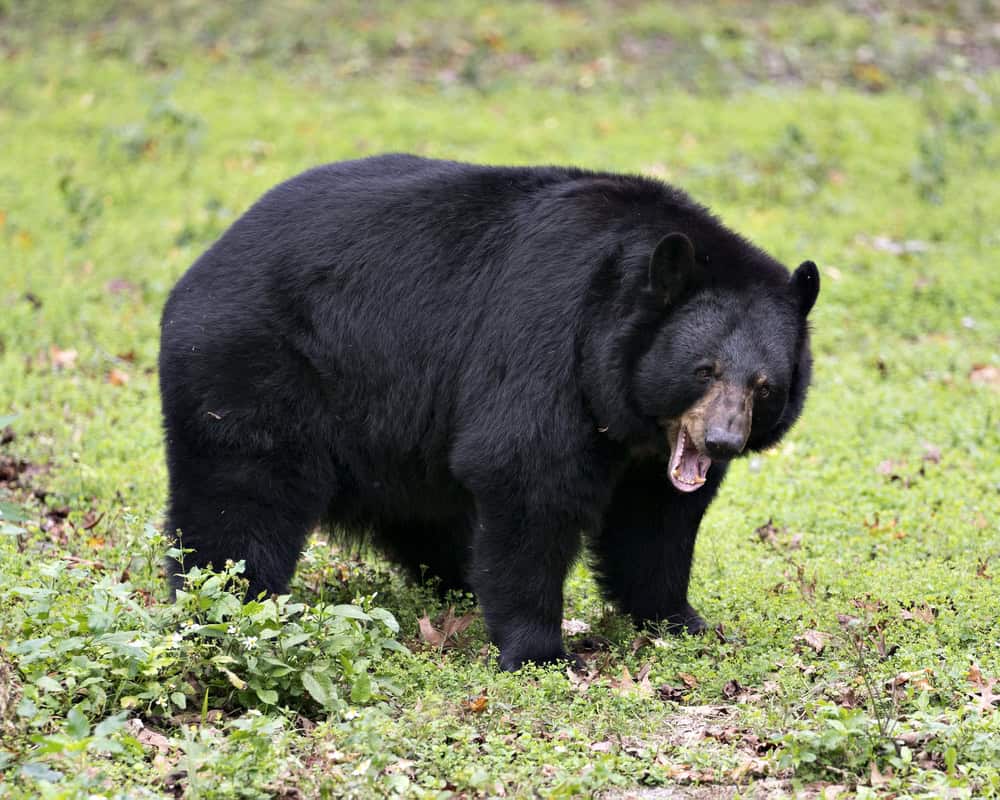The United States is home to a diverse array of ecosystems, from expansive deserts to lush forests, each hosting its own unique wildlife. Among the millions of species that roam these lands, some animals can only be found in the U.S., evolving in isolation to adapt to their specific environments. Join us as we embark on a journey to explore ten remarkable animal species that can only be found in the United States, showcasing the nation’s exceptional biodiversity.
The Majestic Bald Eagle

The Bald Eagle is not only the national bird of the United States but also one of its unique residents. Found throughout North America, it is most abundant in Alaska. This large bird of prey is distinguished by its white head and tail feathers contrasting against a dark brown body and wings. Beyond its beauty, the Bald Eagle plays a vital ecological role, often seen scavenging along riverbanks and shorelines, indicating healthy waterways. Threatened in the past, the Bald Eagle’s recovery is a successful conservation story that highlights the importance of protecting natural habitats.
The Elusive American Alligator

Residing primarily in the southeastern United States, the American Alligator is a defining species of the country’s wetland ecosystems. With powerful jaws and a muscular tail, it is perfectly adapted to its aquatic environment. Despite their fearsome appearance, these reptiles play a crucial role in maintaining wetland health by controlling prey populations and creating habitats for other species through their nesting activities. Conservation efforts have enabled these once-endangered creatures to thrive once again in their natural habitats.
The Iconic Bison

The American Bison, or buffalo, once roamed the Great Plains in vast numbers. As the largest terrestrial animal in North America, it holds cultural significance to many Indigenous tribes and is emblematic of the American spirit. Bison are grazing animals, and their movement across the prairies helped shape the landscape, promoting biodiversity. Despite historical overhunting that brought them to the brink of extinction, dedicated conservation efforts have helped bison populations to rebound in designated preserves and parks.
The Enigmatic California Condor

The California Condor is North America’s largest flying bird and one of its most endangered species. These impressive birds are notable for their wide wingspans, which allow them to soar effortlessly for long distances while searching for carrion. Once nearly extinct, with only 27 individuals in the wild during the 1980s, concerted captive breeding and reintroduction programs have slowly increased their numbers, underscoring the importance of preserving endangered species and their habitats.
The Vibrant Florida Panther

A subspecies of the cougar, the Florida Panther is found only in the forests and swamps of southern Florida. With its sleek, tawny coat, it is a master predator, helping to control populations of prey species in its ecosystem. Unfortunately, habitat loss and vehicle collisions have severely impacted populations, making this an endangered species. Ongoing efforts to secure protected lands and wildlife corridors are critical to the survival of this symbol of wild Florida.
The Unique Red-Cockaded Woodpecker

This small bird with a distinctive black-and-white ladder-back pattern and a unique habitat preference is an important resident of the Southeast’s pine forests. The Red-Cockaded Woodpecker is notable for its reliance on living pine trees for nesting, a rare behavior among woodpeckers. It is a keystone species, as its nesting activities create cavities that benefit many other species. Conservation efforts focus on habitat management and restoration of longleaf pine ecosystems to support its recovery.
The Cunning Gray Fox

With its ability to climb trees, the Gray Fox is unique among North American canids. Found throughout the United States, except in the central northern regions, it is a highly adaptable omnivore that thrives in diverse habitats, from deserts to wooded areas. Its keen sense of hearing and expert maneuverability allow it to hunt small animals and forage for fruits efficiently. The Gray Fox’s adaptability is key to its success across varying landscapes, highlighting the diverse habitats the United States has to offer.
The Secretive Burrowing Owl

This charmingly small owl is aptly named for its unusual habit of nesting in burrows underground, often taking over the abandoned burrows of prairie dogs or other animals. Found mostly in the open landscapes of the western United States, the Burrowing Owl is more diurnal than most of its nocturnal relatives, often seen perched atop a burrow or hunting during the twilight hours. The decline of grasslands poses a significant threat to its population, spurring habitat protection initiatives that aim to secure these vital ecosystems.
The Ancient Desert Tortoise

The Desert Tortoise, dwelling in the Mojave and Sonoran Deserts, has adapted to one of the harshest climates on earth. Its ability to survive extreme temperatures, through summer hibernation and water conservation, makes it a symbol of desert resilience. However, urban development and off-road recreation have fragmented its habitat, endangering its population. Conservation efforts focus on habitat preservation and mitigating the impacts of human activity.
The Playful Hawaiian Monk Seal

As one of the few remaining seal species native to the tropical environment, the Hawaiian Monk Seal is unique to the Hawaiian Islands. Often seen lounging on sandy shores or playfully swimming in the warm Pacific waters, these seals are a cherished symbol of Hawaiian wildlife. Unfortunately, their population is threatened by entanglement in marine debris, food scarcity, and habitat encroachment, prompting conservationists to take action to ensure their survival and the health of their marine ecosystem.
The Adaptable American Black Bear

Widespread throughout the forests of North America, the American Black Bear is adaptable enough to inhabit a wide range of environments, from woodlands to swamps. Despite its name, this bear’s coat can range in color from black to brown, cinnamon, and even white in some rare cases. While generally shy and non-aggressive, they play important ecological roles as foragers, dispersing seeds and controlling insect populations. Responsible management and public education are essential to mitigating human-bear conflicts and preserving their populations.
The United States’ unique animal species reflect the diverse habitats and ecological richness of the continent. From powerful predators and majestic avians to disappearing desert and oceanic dwellers, these animals underscore the crucial need for preservation efforts to protect these irreplaceable natural treasures. Conservation continues to be integral to ensuring these species thrive for generations, maintaining not only the delicate balance of their ecosystems but also the natural heritage of the United States.
- 10 Unique Animal Species That Can Only Be Found in the United States - August 15, 2025
- 10 Amazing Animals You Can Only Find in the United States - August 15, 2025
- 10 Times Tornadoes Flattened Entire Towns in the Midwest - August 15, 2025

